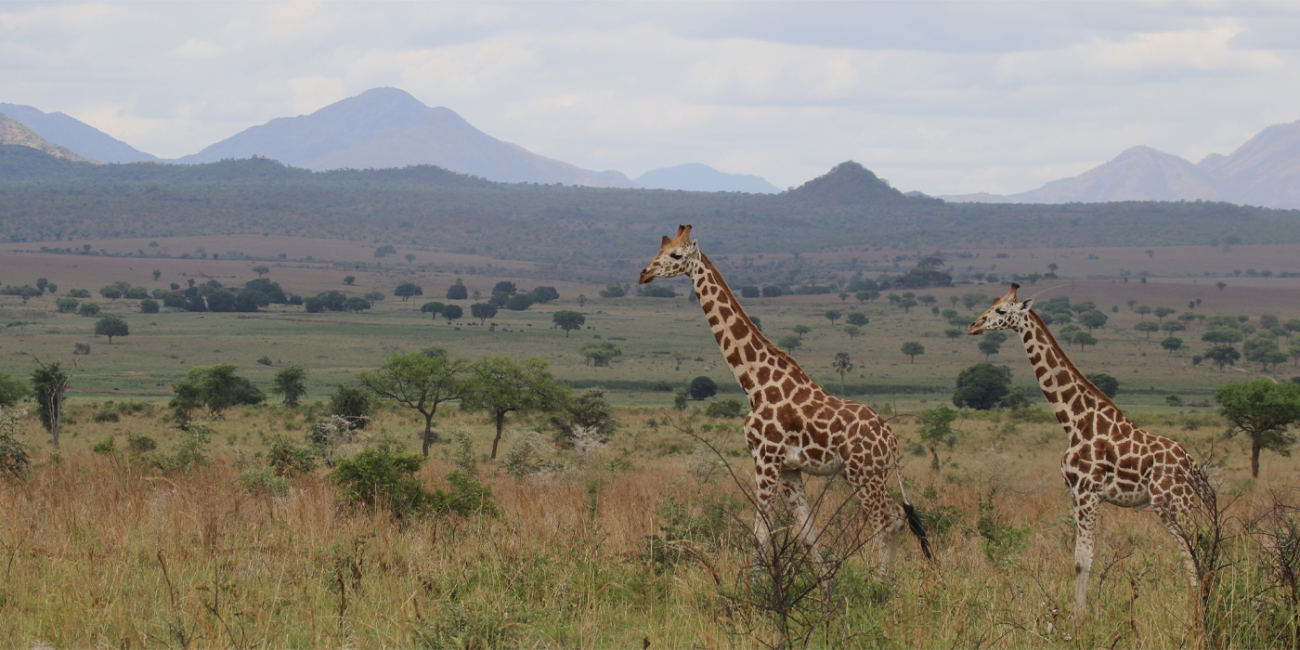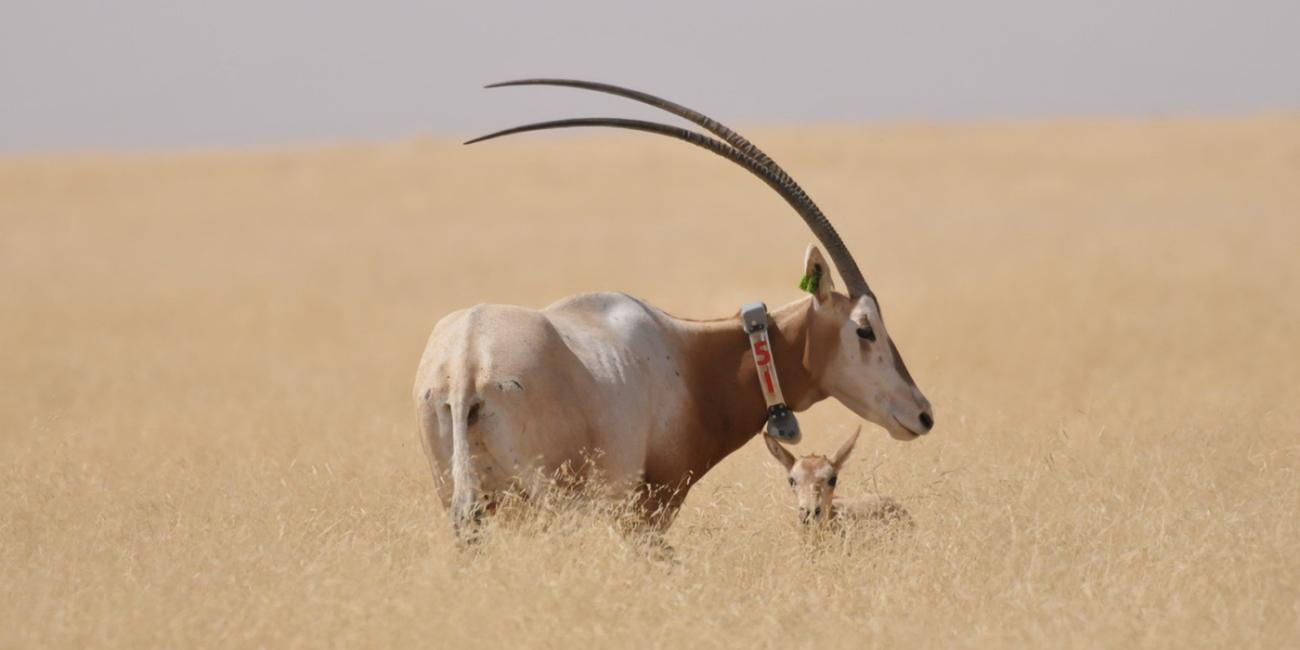Biography
Jared Stabach is a Research Ecologist at the Smithsonian Conservation Biology Institute's Conservation Ecology Center (CEC) and the terrestrial program lead for the Smithsonian's Movement of Life Initiative. His research focuses on the factors that affect the abundance, distribution, and movement patterns of large terrestrial mammals, incorporating emerging technologies, such as unmanned aerial systems, GPS tracking collars and high resolution imagery, to better understand and monitor changes occurring across the planet.
Since joining the CEC as a postdoctoral research fellow in 2015, he has worked on large collaborative teams to reintroduce scimitar-horned oryx, evaluated the factors influencing the occurrence of critically endangered addax, and co-authored scientific research focused on developing solutions to conservation challenges.
Stabach is currently developing a scientific collaboration with the Giraffe Conservation Foundation to provide an increased understanding of the factors leading to the rapid decline of giraffe populations across Africa and continues to focus on the migration of white-bearded wildebeest, one of earth's greatest natural phenomena. He serves as a scientific advisor on the International Union for Conservation of Nature's Antelope Specialist Group, as well as the Sahara-Sahel Interest Group, and is a current member of the Smithsonian Animal Care and Use Research Subcommittee.




